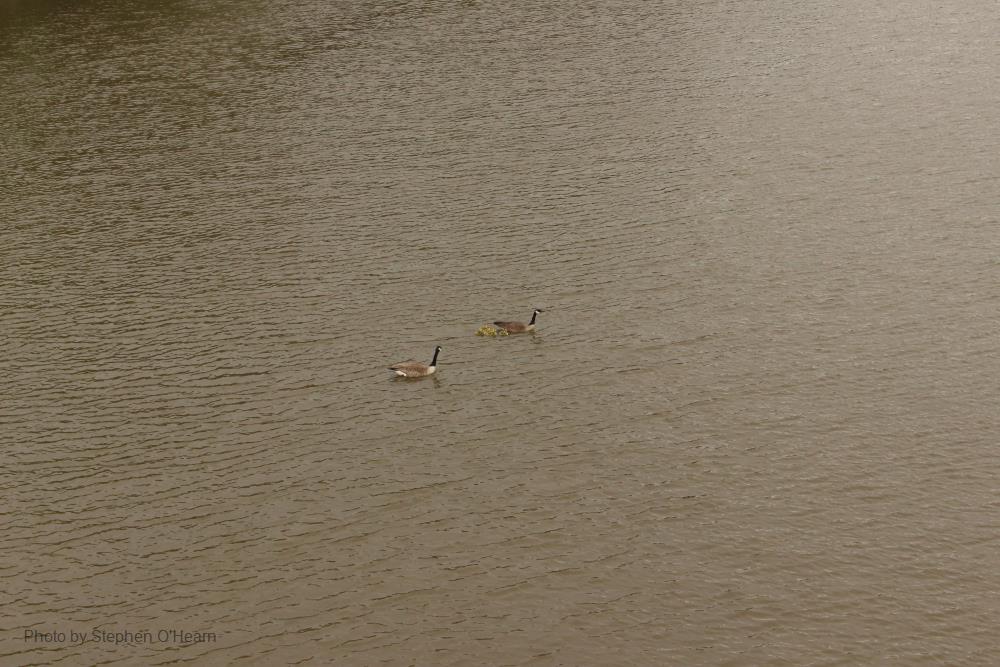
Related items loading ...
Section 1: Publication
Publication Type
Journal Article
Authorship
Byun, E., Rezanezhad, F., Slowinski, S., Lam, C., Bhusal, S., Wright, S., Quinton, W. L., Webster, K. & Van Cappellen, P.
Title
Effects of nitrogen and phosphorus amendments on CO2 and CH4 production in peat soils of Scotty Creek, Northwest Territories: potential considerations for wildfire and permafrost thaw impacts on peatland carbon exchanges
Year
2025
Publication Outlet
DOI
ISBN
ISSN
Citation
Abstract
Impacts of nutrient enrichment on soil carbon cycling have been extensively studied in temperate and tropical regions where intensive agriculture and land development has led to large increases in anthropogenic inputs of nitrogen (N) and phosphorous (P). However, how soil carbon sequestration and soil–atmosphere gas exchanges in cold regions respond to greater inputs of N and P remains poorly known despite recent observations showing significant increases in porewater N and P in burned subarctic peatlands and downstream waters. Wildfires and enhanced hydrological connectivity due to permafrost thaw therefore have the potential to change carbon turnover and gas emissions in the soils of northern peatlands. To start exploring the sensitivity of peatland soil biogeochemistry to variations in N and P availability, we measured the carbon dioxide (CO2) and methane (CH4) production rates during a month-long incubation experiment with soils from a bog and fen collected at the long-term Scotty Creek research station in the Northwest Territories, Canada. Sub-samples of the peatland soils were divided into containers to which artificial porewater solutions were added. These solutions were amended with either dissolved inorganic N, dissolved inorganic P, or dissolved N and P together. Unamended controls were run in parallel. The containers were cycled through pre-set temperature steps of 1, 5, 15, and 25 °C. Overall, the fen soil yielded higher CO2 and CH4 production rates than the bog soil. The amendment of N in the bog soil produced more CO2 compared to its control, while the amendment of P increased CO2 production in the fen soil. The amendment of N and P together reduced CO2 production but increased that of CH4 in both the fen and bog soil incubations. Porewater chemistry at the end of the 30 d experiment showed aqueous C, N, and P stoichiometric ratios that trended toward those of the soil microbial biomasses, hence implying that the initial microbial nutrient status played a crucial role in determining the responses to the different nutrient amendments. Our results demonstrate that porewater nutrient availability and soil carbon cycling interact in complex ways to change CO2 and CH4 production rates in peatland soils, with potentially far-reaching implications for the impacts of wildfires and permafrost thaw on peatland–atmosphere carbon exchanges.
Plain Language Summary


 GWFNet
GWFNet Master
Master Data
Data Research
Research Map
Map
 Advanced
Advanced Tools
Tools
 . . .
. . .
 Metadata Editor
Metadata Editor
 Record List
Record List
 Alias List Editor
Alias List Editor
 Legacy sites
Legacy sites